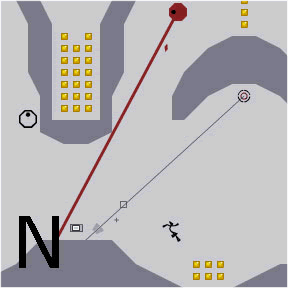 Winner of the Audience Award at the 2005 Game Developers Choice Awards, N, 'the way of the ninja', "is a highly advanced system of spiritual, cognitive, and physical training. It emphasizes pacifism, humility, and the need to traverse a series of 5 rooms before the end of your lifetime."
Winner of the Audience Award at the 2005 Game Developers Choice Awards, N, 'the way of the ninja', "is a highly advanced system of spiritual, cognitive, and physical training. It emphasizes pacifism, humility, and the need to traverse a series of 5 rooms before the end of your lifetime."
First I should mention that although the game was developed in Flash, it is for download only and is not available to play online. However, the compelling gameplay featured in the game is reason enough to break from the norm.
This game, designed and created by Raigan Burns and Mare Sheppard of Metanet Software and released in 2004, isn't your normal ninja game, in fact it is far from it. In the game of N, there is no flipping out and killing everything in sight. Instead, your goal is to traverse a series of rooms using your speed, dexterity and honed senses. The main skill, one that you will need to use frequently, is the ability to hold onto and jump from walls, which allows you to reach greater heights. It can also be used to slow your descent.
Of course, this may all sound pretty easy: given ninja skills and enough time you can probably traverse any landscape, right? Unfortunately, time is not on your side. Ninja dexterity comes at a cost, and due to your heightened metabolism, you have only a ninety second life span. And yet there is something to help offset this problem: gold. For every piece of gold you collect, your life span is increased by two seconds. Granted, this isn't much, but there are often plentiful amounts of gold on each level and this provides an extra goal other than 'press the buttons and get through the door'.
Then there is the matter of the enemy force. This force consists of mines, drones and turrets which have been strategically placed within each room to make life hard for the ninja. These enemies range from fairly easy to avoid: static mines and mindless pattern-following drones, to the irritatingly difficult: chain-gun drones and turrets that fire heat-seeking missiles.
Avoid enemies at all cost, because one hit and you're dead. You will also want to avoid hitting the floor (or the ceiling) with great impact, as that will also bring an end to your life.
If you die, you have the option of starting the level over again. If you do, you begin with the same amount of time on the clock as you started with previously. You may rest only when you have completed all five levels, called an episode. Once you complete an episode, your progress is saved and you move onto the next. There are 60 such episodes in the game.
When levels are completed, the best scores for each level and episode are saved and stored. In addition to the best scores, the game also keeps a detailed record of the entire 'run' so you can view it again at any time through the high score system. When connected to the Internet, the high score system can even download the best runs so you can watch how the experts complete a level, or a set of levels. Also included is a map editor, Ned, which makes it easy for users to create new maps. There is even an online map depository, NUMA, that allows users to find new levels and to submit their own.
The game features an advanced collision detection and physics engine. Noteworthy are the 'springy platforms' that are displaced by the ninja and then spring back to their original position, and the ragdoll physics that come into play when dying, ensuring that no two deaths are the same. The authors have made available tutorials based on the theory and implementation of the physics engine used in N, and they intend to release even more tutorials and source code in the future.
Although the game does not include its own music, I feel this adds to the atmosphere of the game since music would detract from the experience. Besides, it's easy enough to put on some music if you feel it needs to be present. And while completing levels can at times be a frustrating experience, N has superb animation, wonderful physics, unique gameplay, and an addictive quality that will keep you coming back for more, again and again. Add to this the fact that the game is completely free to download, updates are still being created for it, and it includes a map editor with which to create your own levels. The end result is an excellent game that is unique, original, and fun to play.
Play N
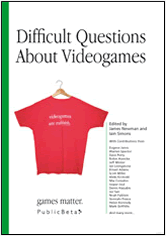 A few months ago I mentioned that I had contributed to a book written about video games. Compiled and edited by James Newman and Iain Simons, the answers to several questions about videogames were collected from people in the games industry and beyond. A few of those questions were:
A few months ago I mentioned that I had contributed to a book written about video games. Compiled and edited by James Newman and Iain Simons, the answers to several questions about videogames were collected from people in the games industry and beyond. A few of those questions were: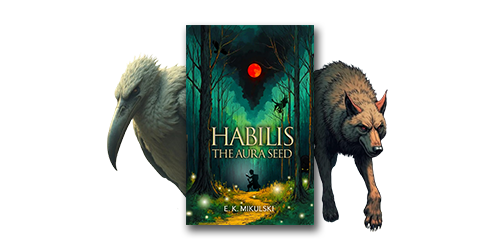


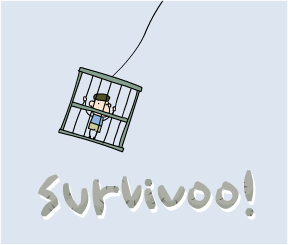
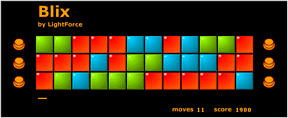
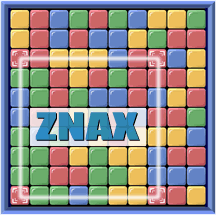
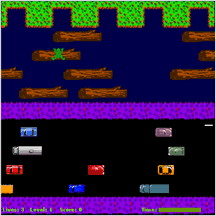
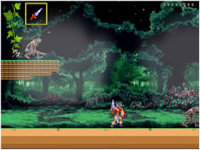
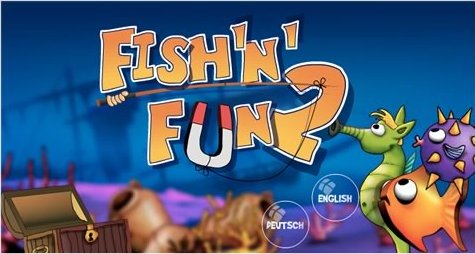
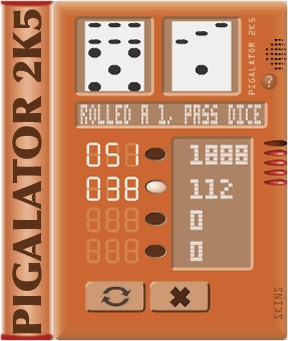
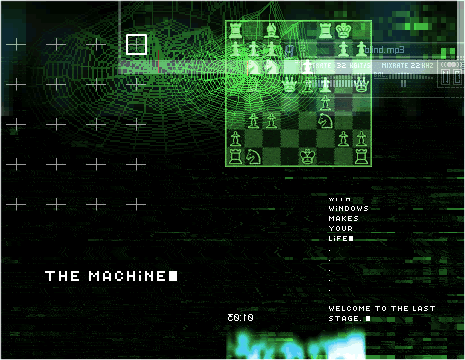
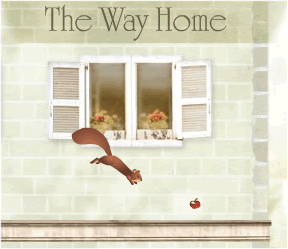


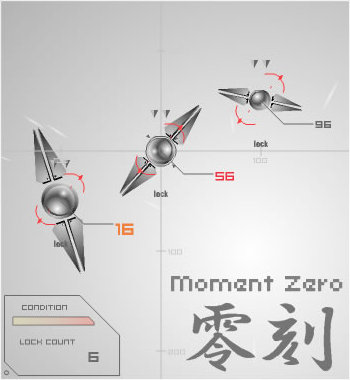
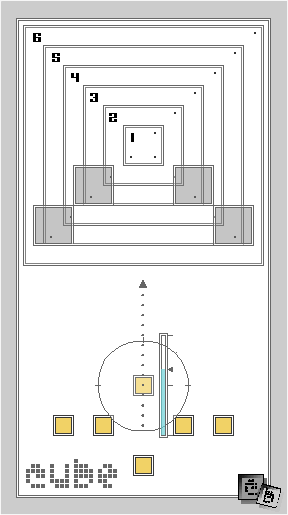
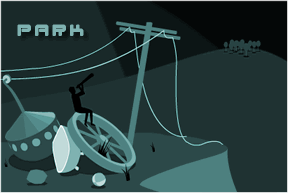
 Additional quads can then be formed by adding as few as two additional same-color tiles to the combo. The score increases for each additional quad that is formed before the timeline sweeps them all away. A multiplier bonus is awarded for combos consisting of 4 or more quads in a single pass of the timeline.
Additional quads can then be formed by adding as few as two additional same-color tiles to the combo. The score increases for each additional quad that is formed before the timeline sweeps them all away. A multiplier bonus is awarded for combos consisting of 4 or more quads in a single pass of the timeline.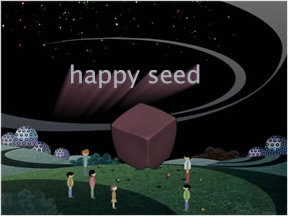
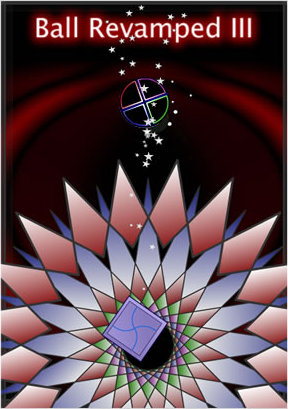

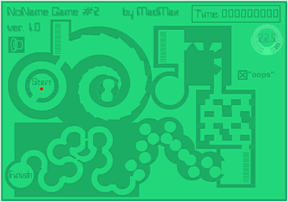
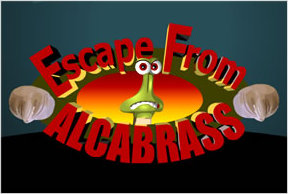


 If you haven't already heard, Gmail is one-year-old today. And to celebrate the event, Google has increased everyone's storage capacity to 2GB, and plans to continue to increase the storage limit as they are able. Also implemented today is rich text formatting, allowing users to change fonts, colors, sizes and alignment, and to include other word processing formatting features in their email messages.
If you haven't already heard, Gmail is one-year-old today. And to celebrate the event, Google has increased everyone's storage capacity to 2GB, and plans to continue to increase the storage limit as they are able. Also implemented today is rich text formatting, allowing users to change fonts, colors, sizes and alignment, and to include other word processing formatting features in their email messages.
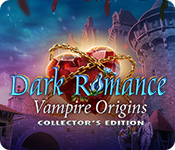
Recent Comments